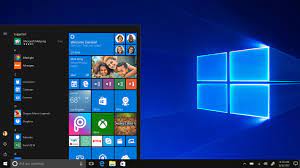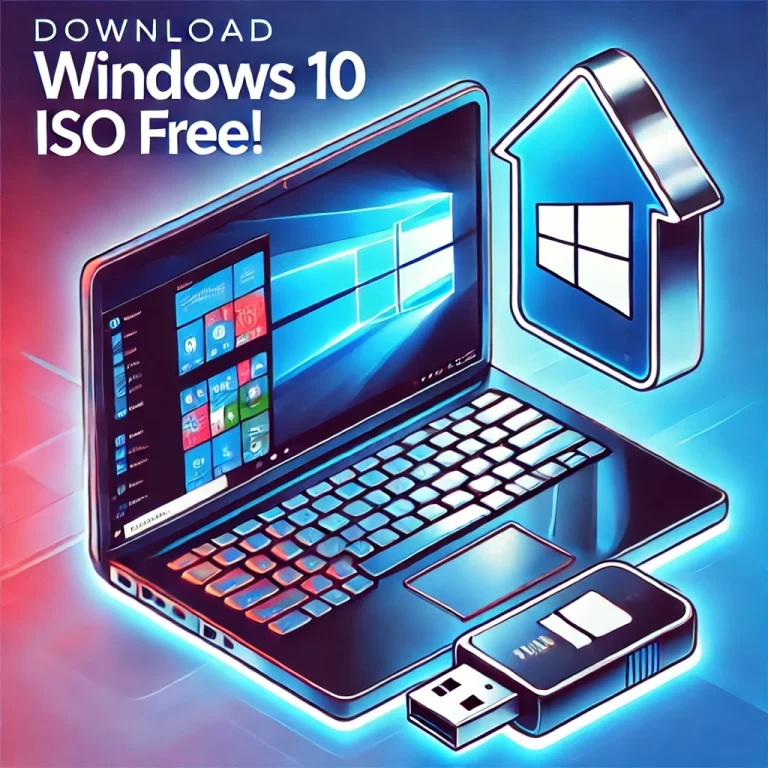Since its launch in July 2015, Windows 10 has transformed the landscape of personal and enterprise computing. Designed to bridge the gap between traditional desktop environments and the growing trend towards mobile and touch interfaces, Windows 10 has become a cornerstone of Microsoft’s strategy. In this article, we’ll delve into what makes Windows 10 unique, its key features, and its impact on the computing world.
A Return to Familiarity with Modern Enhancements
One of the most applauded changes in Windows 10 is the reintroduction of the Start Menu. This beloved feature, absent in Windows 8, made a triumphant return with a new twist. The hybrid Start Menu combines the traditional list of applications with live tiles that provide real-time updates, offering the best of both worlds for desktop and touch users.
Introducing Cortana: Your Personal Digital Assistant
Cortana, Microsoft’s virtual assistant, was integrated into Windows 10 to provide a more interactive and intelligent user experience. With voice-activated commands, Cortana helps users with tasks ranging from setting reminders and searching the web to managing calendars and answering questions. This integration signifies Microsoft’s commitment to enhancing productivity through AI and machine learning.
A New Browsing Experience with Microsoft Edge
Windows 10 marked the end of Internet Explorer’s reign, introducing Microsoft Edge as the default web browser. Edge was built to be faster, more secure, and more standards-compliant, providing a seamless browsing experience. Features like built-in note-taking, reading mode, and integration with Cortana distinguish Edge from its predecessor and competitors.
Continuum: Seamless Transition Between Modes
One of Windows 10’s innovative features is Continuum, designed for devices that function as both PCs and tablets. Continuum detects when a keyboard is attached or detached and switches the interface accordingly, offering a desktop experience when needed and a touch-friendly interface when on the go. This flexibility is particularly valuable for hybrid devices and mobile professionals.
Enhanced Multitasking with Virtual Desktops
Windows 10 introduced virtual desktops, allowing users to create multiple desktops for different tasks or projects. This feature is particularly useful for power users who need to manage numerous applications and documents simultaneously, providing a cleaner and more organized workspace.
Unified Notification Center: The Action Center
The Action Center in Windows 10 consolidates notifications from apps and the system into a single pane, making it easier for users to stay informed and manage alerts. Quick actions in the Action Center provide instant access to settings like Wi-Fi, Bluetooth, and screen brightness, enhancing usability and convenience.
Advanced Security Features
Security has always been a priority for Microsoft, and Windows 10 introduced several advanced security features. Windows Hello offers biometric authentication, allowing users to log in with facial recognition, fingerprint, or iris scan. Device Guard and Credential Guard provide additional layers of security, particularly valuable for enterprise environments.
The Universal Windows Platform (UWP)
The Universal Windows Platform (UWP) is a key component of Windows 10, enabling developers to create applications that run seamlessly across all Windows 10 devices, including PCs, tablets, smartphones, Xbox, and HoloLens. This unified approach simplifies development and ensures a consistent user experience across devices.
Continuous Updates: A New Era of Software Maintenance
With Windows 10, Microsoft shifted to a model of continuous updates, delivering regular feature and security updates through Windows Update. This approach ensures that users always have the latest features and protections without waiting for major version releases, marking a significant change in how operating systems are maintained.

Editions for Every Need
Windows 10 is available in several editions tailored to different user needs:
- Home: Designed for everyday consumer use, offering a range of features suitable for personal computing.
- Pro: Includes additional features for small businesses and advanced users, such as BitLocker encryption and remote desktop access.
- Enterprise: Provides advanced security and management features for large organizations.
- Education: Aimed at schools and educational institutions, with tools designed to facilitate learning and collaboration.
- Mobile: Initially designed for smartphones and small tablets, though later iterations have seen a shift away from this platform.
Conclusion
Windows 10 Cracked ISO Free Download is an unauthorized and illegal distribution of Windows 10. Using cracked software violates copyright laws and poses significant security risks. It is strongly advised to obtain genuine copies of Windows 10 from authorized sources to ensure a legal and secure computing experience.
For users seeking a reliable, secure, and feature-rich operating system, Windows 10 continues to deliver, reinforcing its status as a cornerstone of modern computing.
First of all you should know about how to make bootable usb to format and install new windows operating system. If you don’t know about How to make bootable USB read this article.
Read : How to make bootable USB




